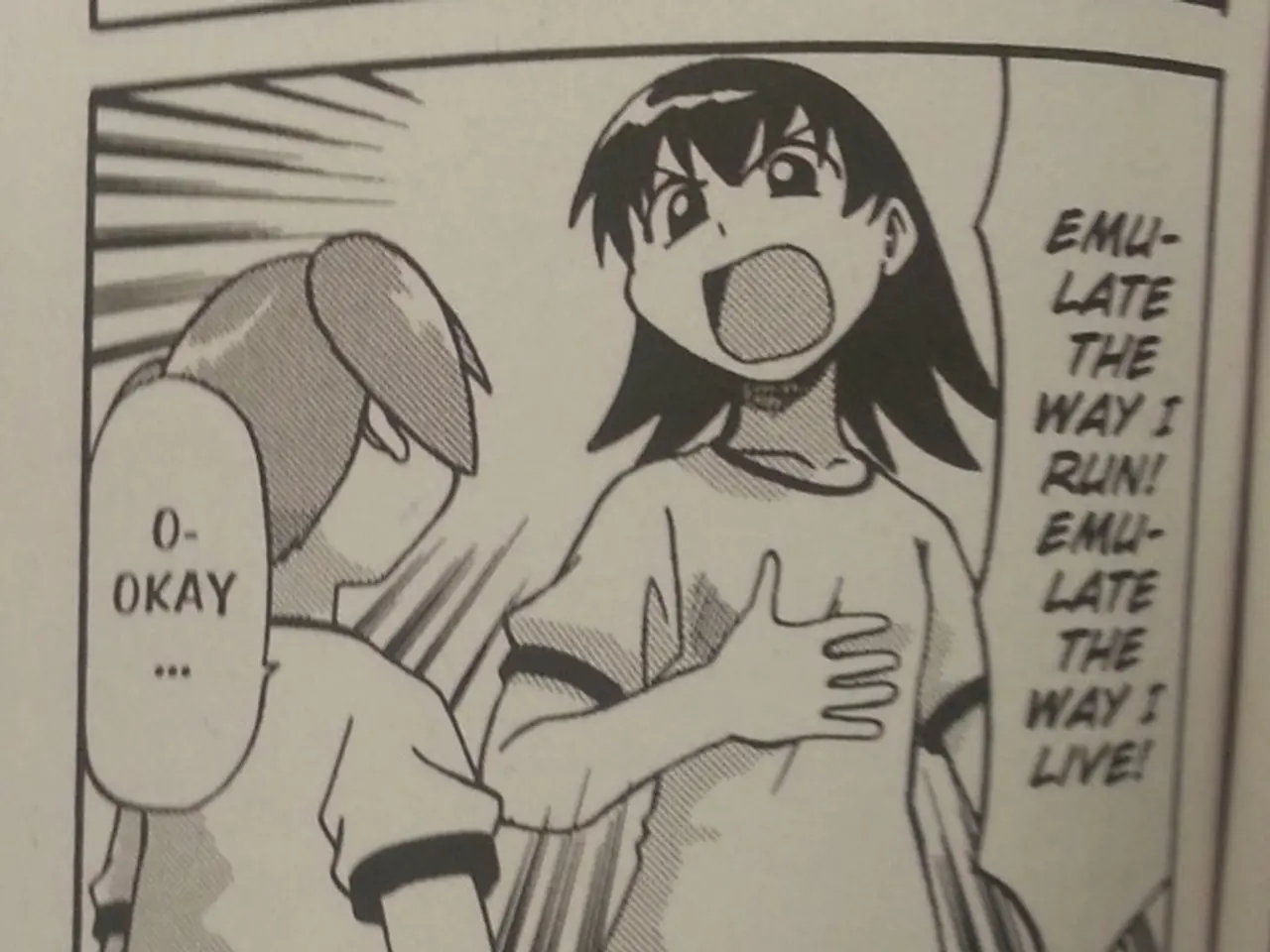Actions can be influenced by external factors:
In the intricate web of human behaviour, a fascinating aspect lies in actions that occur without conscious thought. Recent research has shed light on the neurobiological basis of these unconscious actions, revealing brain systems capable of processing sensory inputs and generating motor outputs without engaging conscious awareness.
The dorsal visual stream, a crucial player in this process, connects the primary visual cortex to parietal areas. This pathway is specialised for the online guidance of actions, such as reaching or grasping objects, by processing "where" and "how" visual information to coordinate movements accurately with the environment. Unlike the ventral stream, which supports conscious object recognition, the dorsal stream operates largely outside conscious awareness, enabling rapid, unconscious sensorimotor integration essential for adaptive behaviour.
The mechanisms of unconscious motor behaviours also involve subcortical structures like the basal ganglia and cerebellum, which store implicit motor memories and contribute to automatic, habitual actions without involving higher cognitive control.
One striking example of unconscious action is the phenomenon of utilization behaviour. This occurs when patients with lesions particularly in the frontal lobes lose the ability to inhibit reflexive actions toward objects. As a result, they grasp and use objects automatically when presented, showing a disconnection between action initiation and conscious intention. This illustrates how unconscious action can be mediated by dorsal stream and frontal circuits that plan and execute behaviour without conscious awareness of intent.
In a healthy state, the dorsal stream can perform ordinary actions without requiring conscious attention. For instance, driving a car on a familiar road or catching a ball in mid-air are examples of actions that are largely automated, allowing us to focus on other tasks or simply enjoy the journey.
However, disruptions in the dorsal stream's mechanisms can result in peculiar or inappropriate actions, such as repetitive movements or phrases, as seen in certain neurological disorders. In extreme cases, these disruptions can lead to phenomena where external objects seem to "control" actions without the involvement of will, as in the film "Awakenings."
The phenomenon of utilization behaviour involves the unconscious use of available items, even if they are inappropriate for the given situation. This behaviour is characteristic of certain neurological disorders, such as Parkinson's or various forms of catatonia.
In conclusion, the neurobiological basis of unconscious actions relies heavily on dorsal stream circuits for spatially guided movements integrated with subcortical motor regions supporting implicit learning. Meanwhile, utilization behaviour reflects the breakdown of inhibitory frontal control, allowing environmentally triggered, automatic actions to dominate. Understanding these mechanisms provides valuable insights into the complex interplay between conscious and unconscious processes in human behaviour.
References:
[1] Graziano, M. S. (2018). The dorsal visual pathway: A neural system for action. Neuron, 97(5), 886-902.
[2] Passingham, R. E. (2013). Neural mechanisms of voluntary action. Nature Reviews Neuroscience, 14(12), 841-853.
[4] Frith, C. D. (2007). The neural basis of free will. Annual Review of Neuroscience, 30, 195-219.
- The dorsal visual stream, which supports unconscious object-guided actions, is a crucial component in the neurobiological basis of behaviors that occur without conscious thought, such as reaching or grasping objects.
- Utilization behavior, a phenomenon where patients with specific brain lesions unconsciously grab and use objects, is mediated by the dorsal stream and frontal circuits, demonstrating how unconscious actions can be controlled without conscious awareness of intent.
- Disruptions in the dorsal stream's mechanisms can lead to peculiar or inappropriate actions, as seen in neurological disorders like Parkinson's and various forms of catatonia, where patients may perform automatic, unnecessary actions related to available objects, even in inappropriate situations.




